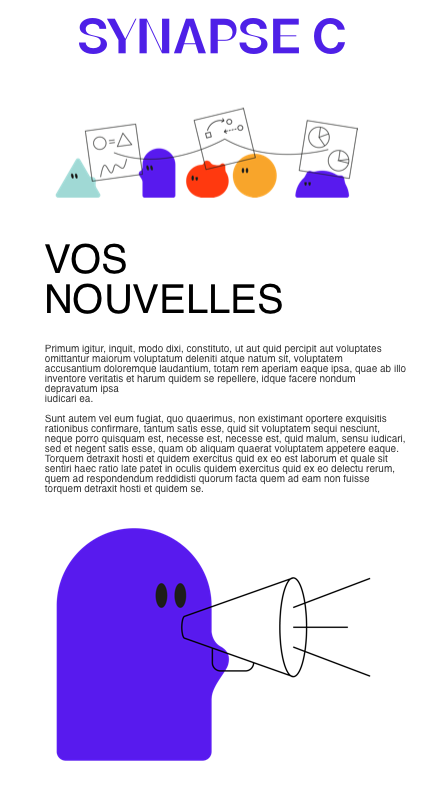We presented the results of our series of surveys of cultural audiences and organizations, which painted a picture of a sector destabilized by the consequences of the pandemic. The rising costs of cultural outings due to inflation and changes in ticket-buying habits and audience attendance emerged as the main issues. Fortunately, culture also benefits from a certain loyalty from its audiences, who see live performance as a special time to get out and socialize. Online cultural initiatives, which have served as an alternative to going out in actual venues, are still appreciated by some spectators for a number of reasons, but they are far from matching the popularity of live performances. The cultural offer as a whole is not about to be replaced by a strictly online market.
Data Analysis
However, digital technology definitely has its place in the cultural world. A recurring theme raised by our studies is that of data analysis in the performing arts sector. In the wake of the pandemic, cultural organizations needed to monitor changes in audience behavior. Organizations are increasingly using data collection and analysis, particularly ticketing data, to understand audience purchasing behavior and guide their programming and marketing strategies.
Mutualizaton
The results of our research have also demonstrated an interest in joint initiatives between organizations. As consumers are rarely confined to a single art form, the various players in the world of culture would benefit from comparing their data and the trends in different sectors. This would give them a more global view of the cultural scene. In this sense, data sharing is crucial to facilitating exchanges between organizations and enabling them to carry out an overall assessment.
Training
Numerous challenges remain, particularly in terms of training staff in analytical skills, human resources and technical and financial capacities. Once the data has been collected, the lack of trained personnel to process, “read” and interpret it prevents organizations from taking full advantage of their past work. General and customized training and more financial resources are solutions that have been put forward to optimize the exploitation of data potential by cultural organizations.
Conclusion
Despite the challenges it faces, Quebec’s performing arts sector remains resilient. The pandemic was a moment of pause and forced reflection. This has enabled players in the sector to rethink their practices and strategies to meet the ever-changing needs of spectators, thanks in particular to the subsidies granted. Although online formats cannot fully replace the live experience, they can nevertheless complement the cultural offering and help reach new audiences.
These studies underline the importance of data analysis for the performing arts world. Through its training, automation and data processing services, Synapse C will continue to help organizations meet their challenges and harness the full potential of the digital domain.



